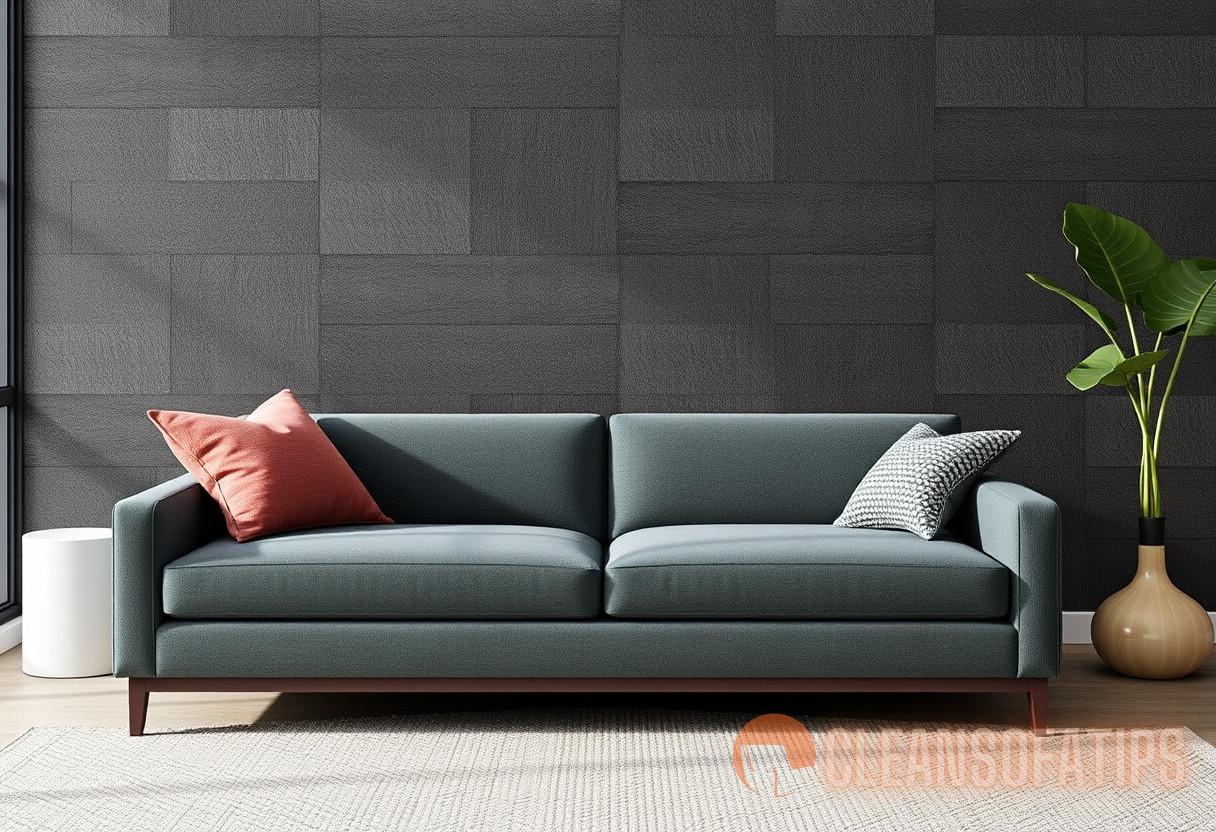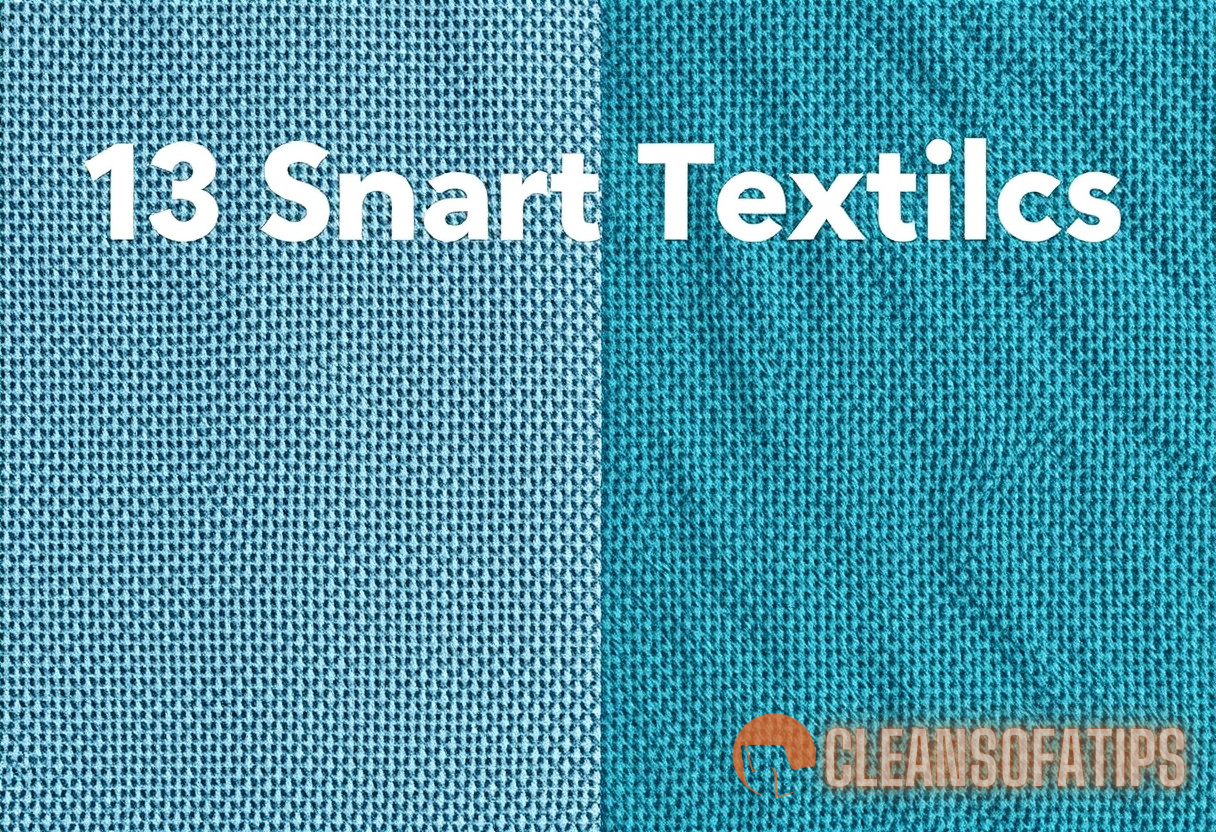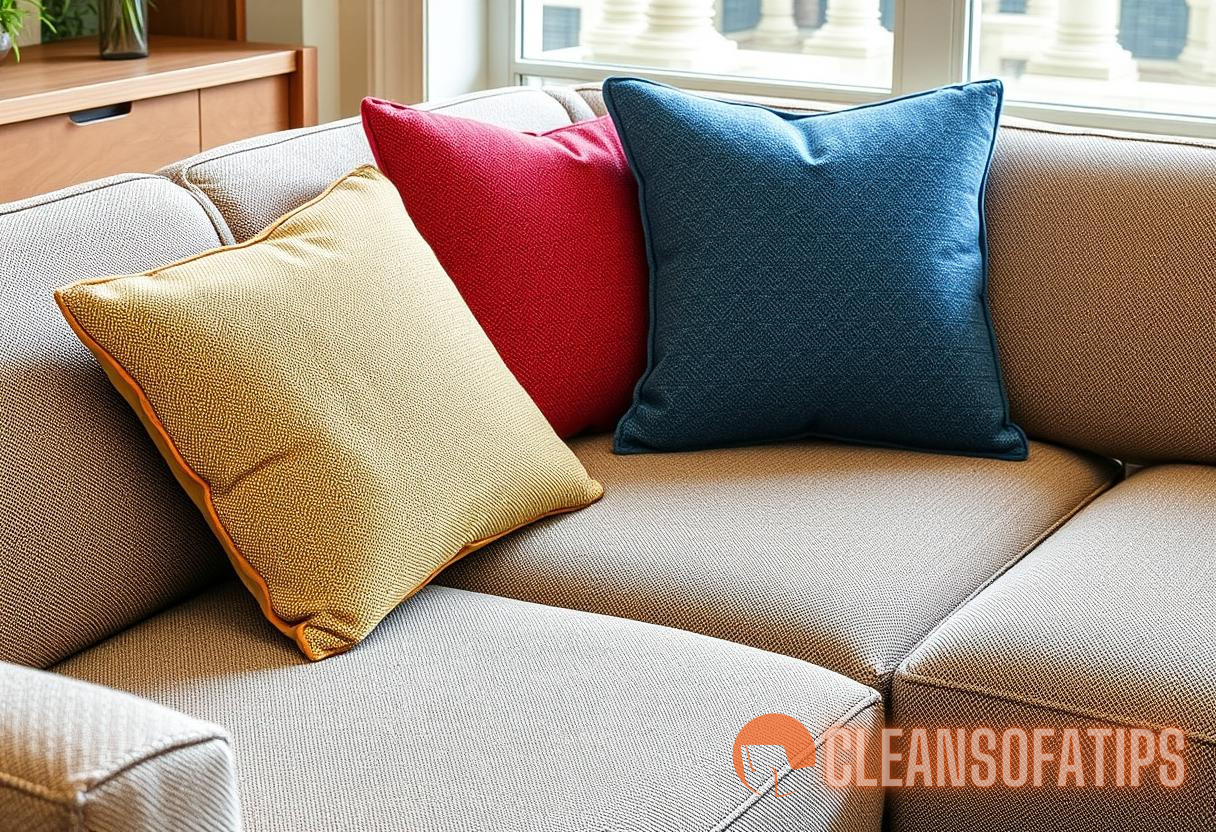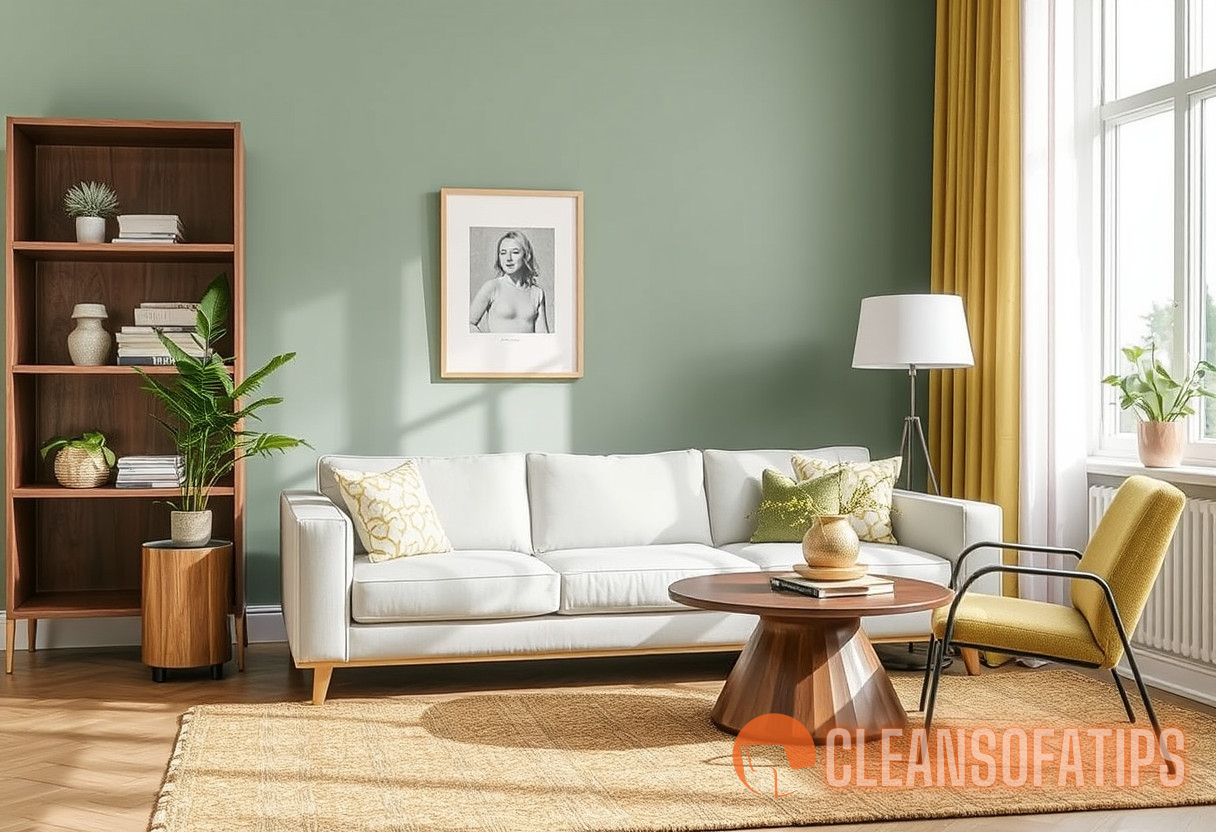Smart Textiles: Pioneering the Future of Upholstery with Adaptive Nanotechnology for Enhanced Longevity and Sustainability
As we progress further into the 21st century, the demand for innovative solutions in the textile industry has reached an unprecedented height. Among the burgeoning trends, smart textiles stand out as a groundbreaking approach to upholstery care. These textiles, empowered by adaptive nanotechnology, promise not only enhanced longevity but also unmatched sustainability. In this comprehensive guide, we will explore the multifaceted world of smart upholstery care, emphasizing its importance and benefits.
Understanding Smart Textiles
Smart textiles are fabrics embedded with technology that enable them to respond dynamically to environmental changes. This dynamic response mechanism allows these textiles to adapt in ways traditional fabrics cannot, providing a plethora of applications across various industries, including home décor and upholstery.
Key characteristics of smart textiles include:
- Responsive Mechanisms: Smart textiles have the capability to react to triggers such as temperature, moisture, or even pressure.
- Self-cleaning Properties: Incorporating nanotechnology provides self-cleaning and stain-resistant features, reducing maintenance efforts.
- Sustainability: Many smart textiles are made from renewable resources and are designed to minimize waste.
Applications of smart textiles extend beyond aesthetic functions; they are rapidly reshaping upholstery care, embedding functionalities that enhance user experience.
Adaptive Nanotechnology in Upholstery
Adaptive nanotechnology lies at the heart of smart textiles. Utilizing materials at the nanometer scale, this technology enhances the performance and functionality of fabrics significantly. For instance, nanoparticles can be integrated into textiles to create barriers against moisture, dirt, and even allergens.
Some notable advancements in nanotechnology for upholstery include:
- Nano-coating: This technique involves layering fabrics with nanoparticles that repel water and dirt, aiding in easier upkeep.
- Antimicrobial Properties: Fabrics can be treated to inhibit bacteria growth, essential in high-contact areas like sofas and chairs.
- Temperature Regulation: Innovative textiles can adjust their thermal properties, providing comfort across different seasons.
The Science Behind Smart Upholstery Care
The science of smart upholstery care hinges on the integration of smart textiles with various environmental sensors and technologies. For example, fabrics can be designed to adjust their properties based on humidity levels, extending the life of upholstered pieces significantly. A study from the National Institutes of Health highlighted that textiles designed with adaptive mechanisms can last three times longer when subjected to varying environmental conditions.
Moreover, these advancements are crafted to promote sustainability. Traditional upholstery often results in significant waste due to frequent replacements. However, smart textiles can provide durability and low maintenance, significantly reducing the environmental footprint.
Benefits of Smart Upholstery Care
Implementing smart upholstery care offers several advantages, especially in residential and commercial settings. These benefits encapsulate various aspects including maintenance, sustainability, and overall cost-effectiveness.
1. Reduced Maintenance Efforts

One of the primary benefits of smart textiles is their reduced maintenance needs. With self-cleaning capabilities and dirt-repelling finishes, property owners can spend less time cleaning and more time enjoying their spaces. For instance:
- Textiles equipped with hydrophobic properties can resist stains from spills, making them ideal for homes with children and pets.
- Optimal moisture regulation helps in preventing mildew and mold growth, ensuring a longer lifespan for upholstered items.
2. Enhanced Comfort and Functionality
Smart textiles contribute significantly to increased comfort levels in upholstery. The incorporation of temperature and humidity-sensitive fabrics leads to a more pleasant living environment. This is particularly crucial in high-traffic areas where temperature fluctuations can affect the comfort levels.
3. Sustainability and Eco-friendliness
Smart upholstery care promotes sustainability through the use of eco-friendly materials and durable textiles. By choosing products made from recycled or naturally derived fibers, consumers can minimize their carbon footprint. Statistics indicate that furniture made from smart textiles can reduce environmental impact by up to 30% compared to conventional upholstery methods.
4. Cost-Effectiveness
While the initial investment in smart textiles may be higher, the long-term savings associated with reduced maintenance and increased durability make them a cost-effective choice. Homeowners and businesses can realize savings in various areas:
- Lower cleaning costs due to reduced frequency.
- Extended lifespan of upholstery materials leading to fewer replacements.
Choosing Smart Upholstery Textiles
When selecting smart upholstery textiles, it’s essential to consider various factors, including the type of fabric, features, and intended use. Here are some guidelines for making informed choices:
1. Evaluate Needs and Usage
Understanding the primary function of the upholstery is crucial. For high usage areas, breathable and durable fabrics should be prioritized. For example, a living room sofa may require more resilient materials than a decorative chair.
2. Research Materials and Features
Educate yourself about various types of smart materials available on the market. Some notable options include:
- Microfiber: Known for its durability and resistance to stains.
- Bamboo Fabric: An eco-friendly choice offering natural moisture-wicking properties.
- Olefin: A synthetic option that’s both stain-resistant and durable.
Additionally, look for features like UV protection, breathability, and hypoallergenic treatments.
3. Consider a Professional Opinion

When in doubt, consulting with professionals or specialists in smart textiles can provide insights tailored to your needs. They can offer recommendations based on industry standards and the latest advancements. For comprehensive reviews on caring for different fabrics, visit our article on fabric care tips.
Care Techniques for Smart Upholstery
Caring for smart upholstery is often simpler than traditional fabrics due to their engineered properties. However, adopting specific care techniques can maximize their durability. Here are some recommended practices:
1. Regular Maintenance
Incorporating a regular maintenance schedule is vital. Although smart textiles require less upkeep, periodic cleaning ensures longevity. This includes:
- Vacuuming: Keep surfaces free of dust and debris that may lead to wear.
- Spot Cleaning: Address spills immediately using mild detergents compatible with the fabric’s properties.
2. Use Appropriate Cleaning Products
Adhere to guidelines for cleaning products that are suitable for smart textiles. Avoid harsh chemicals as they may degrade the fabric’s integrated technologies.
3. Monitor Environmental Factors
Keep an eye on environmental conditions. Optimum temperature and humidity levels contribute to the fabric’s performance. Airing out areas with heavy upholstery can help maintain a stable environment.
Future Trends in Smart Upholstery Care
The landscape of smart upholstery is constantly evolving. Emerging trends are shaping the future of textile technologies with promising implications. Some trends to watch include:
1. IoT Integration
The Internet of Things (IoT) is paving the way for smarter integration. Upholstery that connects to devices can enable remote monitoring and control of environmental factors impacting the textiles.
2. Biodegradable Smart Textiles
Research is underway to create smart textiles that are fully biodegradable while retaining enhanced performance features. This remarkable combination would push the sustainable envelope even further and reduce waste effectively.
3. Advances in Sustainability
Researchers are continuously focusing on sustainable practices within smart textiles, including energy-saving technologies and recycling processes to reduce the environmental footprint.
As we look to the future, it is clear that the innovations in smart textiles will drastically influence the fabric care industry. By embracing these advancements, consumers, and manufacturers alike can benefit from enhanced durability and better environmental responsibility.



